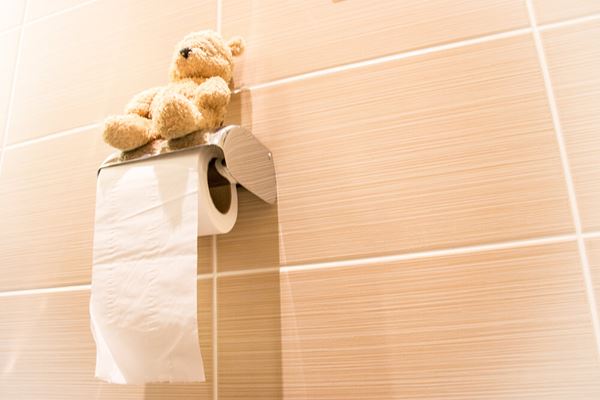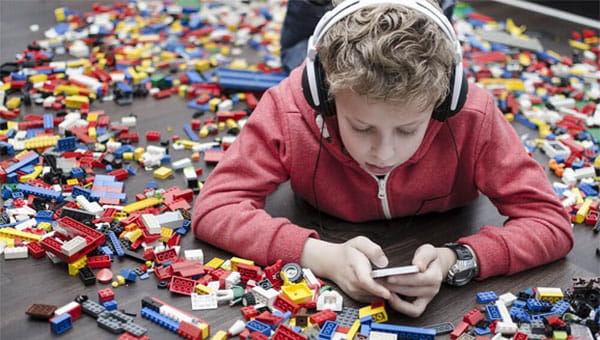Oh boy. You knew changing diapers was part of the deal—but nothing could prepare you for the sheer volume and wide variety of poop that could come out of one child! It can be hard to know what kinds of bowel movements are within the normal, healthy range of smells, colors and consistencies, especially for new parents. So, before you panic, let’s talk about baby poop.
What’s normal?
Well, that’s a loaded question. In the first few days of your baby’s life, their stools will be thick, black (or green) and sticky—this is called meconium. Once that passes, you’ll notice the color turning to yellowish green. After this point, it will depend on what they eat:
- Babies who only take breast milk will produce diapers full of what looks like mustard with lots of little seeds in it. There’s usually very little smell.
- Formula-fed babies will have firmer poop that ranges in color from yellow to tan. It tends to smell more like you’d expect, although less smelly than it will be once baby is eating solids.
- Once baby is eating real food, you can expect thicker, browner poop with a definite odor.
Keep in mind, though, that the color can change, and that’s not necessarily a problem. For example, iron supplements can turn baby’s poop dark green to black, while foods that digest slowly can result in surprisingly bright green stools. It’s also common to see chunks of undigested food mixed in, and these come in pretty much all colors of the rainbow.
What’s abnormal?
In a breastfed baby, you should look out for bright green and/or frothy stools, which can mean that baby is getting too much of the thin foremilk, and not enough of the good, fatty hindmilk. For all babies, here are some signs that may indicate a problem:
- Black poop (if you aren’t giving iron supplements) could mean there’s some bleeding.
- Poop that’s runnier than normal and seeps (or explodes!) from the back and sides of the diaper usually means diarrhea.
- Stools that look like little balls or pebbles point to constipation.
- Strings of shiny mucus in the poop could indicate an allergy or even an infection.
- Fresh, red blood in the stool could be a sign of a milk allergy, a tear or irritation on baby’s bottom, or an infection. Lots of red poop that looks like jelly is a medical emergency.
- White or very pale stools that look like clay or chalk may also need urgent medical attention.
Of course, any time you have concerns about your baby’s poop, you can call your pediatrician. You can be sure that they’ve seen it all, heard it all … and smelled it all!
If you do not have a pediatrician, find a doctor near you or call 1-800-BayCare.




